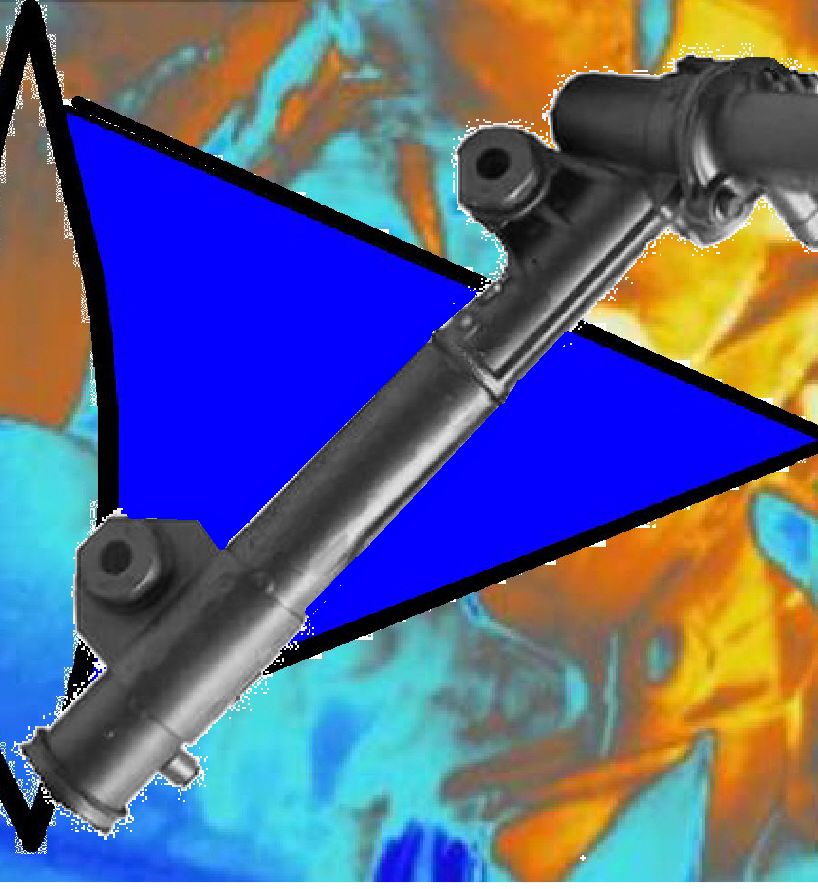
An Asian steering rack manufacturer wished to die cast their own castings in the US. They hired an Asian die cast machine builder to supply the casting machine for a new US plant. The die caster I worked for wished to support their effort because they had insufficient casting capacity. The dies for making the steering rack castings were owned by the steering rack manufacturer. They wished to smooth the new plant start up by make a second set of tooling. Instead of making a duplicate set of proven tools they hired the die cat machine builder to design a set of tools to match the casting machine.
For those who have successfully cast rack and pinion castings, the thermal passage within the long core is a key element to focus on. Shrinkage of the metal during solidification causes this core to absorb much of the heat. I was not surprised that a die built without a thermal passage in the long core failed to make good castings. Transferring working dies to the new plant did not solve the problem either. The Asian die cast machine builder refused to remove the OEM lock on the PLC program so that the die cast machine could be upgraded to run the working transfer tools. I do not understand the Asian concept of saving face but the impasse resulted in the closing of the new plant after one year.
This story highlights a few aluminum die casting issues.
- A few of the thermal passages in a die have a disproportionate impact on casting results
- Extra design effort applied to those thermal passages has a big pay back
- Scale build up in those passages spoils casting results
- Thermal management synchronized with the cast machine is usually needed on critical passages
- Conformal cooled inserts usually are in this category
